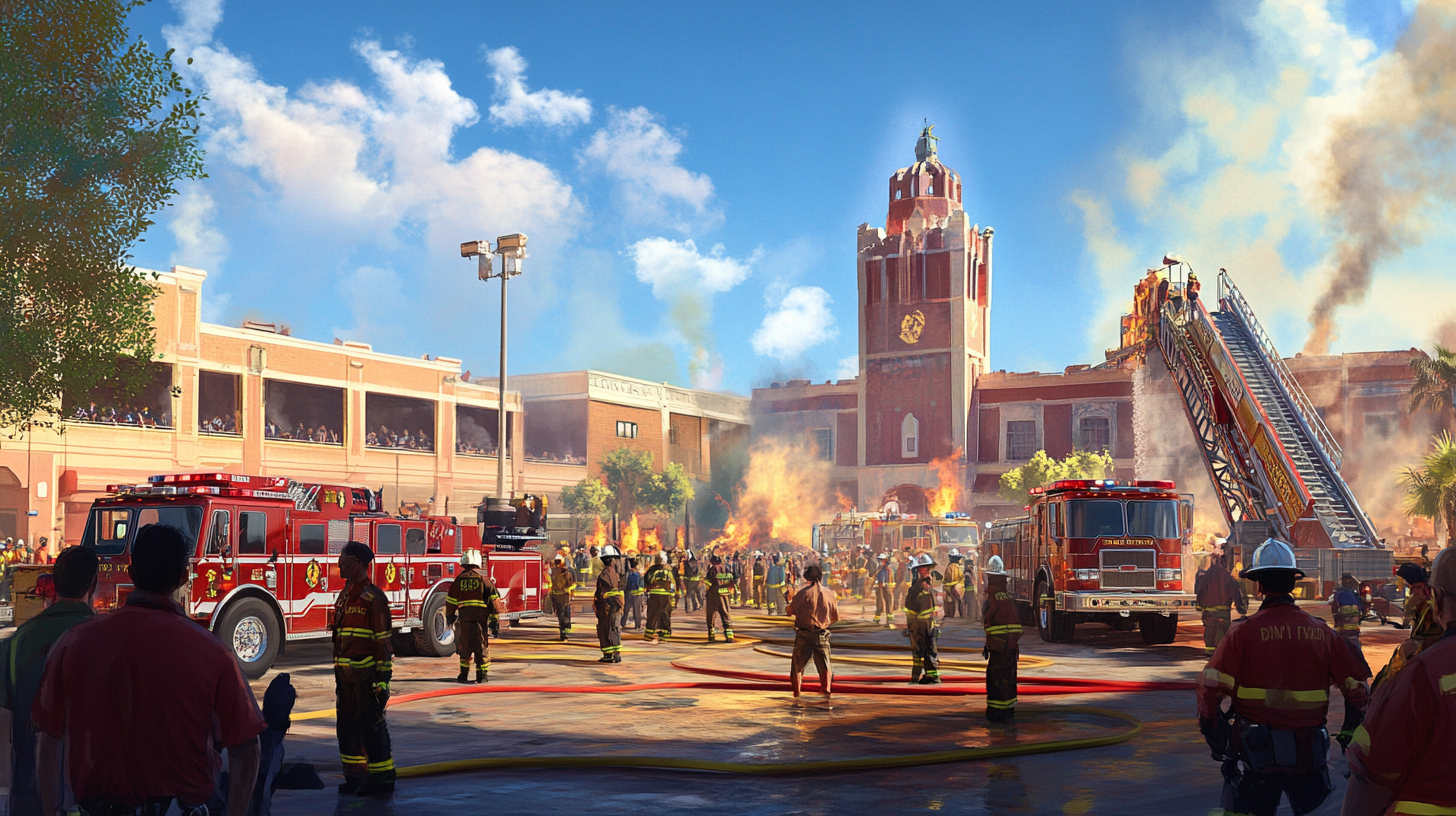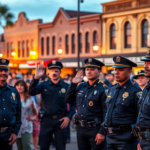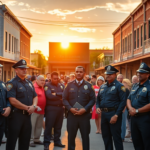Firefighters Across the Rio Grande Valley Enhance Skills at New Training Facility
Hundreds of Rio Grande Valley (RGV) firefighters are bolstering their emergency response skills at South Texas College’s Regional Center for Public Safety Excellence (RCPSE), taking advantage of its cutting-edge fire training facility. This initiative brings significant improvements in safety and efficiency for Valley firefighters, who now train in a state-of-the-art, toxin-free environment.
State-of-the-Art Facility Provides Safe Training Environment
Located in the RGV, the RCPSE has introduced a groundbreaking two-story residential fire training structure, powered by clean-burning liquid propane gas. The facility provides firefighters with a safer and more realistic training environment, distinguishing itself as the only one of its kind in the region.
“This facility represents a significant step towards enhancing firefighter safety and training efficiency,” said Robert Vela Jr., site administrator for the RCPSE. “We’re committed to providing a carcinogen-free environment, ensuring our firefighters can focus on training without the concerns of decontamination.”
Local Fire Departments Reap Immediate Benefits
Over the past several weeks, more than 400 firefighters from McAllen, Pharr, Mission, and Alton have utilized the facility, conducting intensive drills that simulate real-life scenarios without health risks associated with traditional methods. According to McAllen Fire Department Training Division Captain Juan Manuel Garcia, the absence of soot and ash from clean-burning fuel allows for continuous training without the interruption of gear decontamination.
“We can move from one drill to the next seamlessly,” Garcia explained. “This advancement offers extraordinary advantages, such as using smoke machines and fire simulators for realistic training exercises, further preparing us to protect the community.”
Enhancing Local Impact and Community Safety
This development underscores the RGV’s commitment to public safety and community interest. By improving training protocols, the facility not only enhances fire department readiness but also boosts the confidence of Valley residents who rely on swift and effective emergency services.
Chief Pilar Rodriguez of the Pharr Fire Department highlighted that the center’s resources are instrumental not only for the department but also for student firefighters, fostering a robust pipeline of well-trained professionals in the region.
Integrating Past Lessons with Future Implications
Historically, fire departments faced challenges posed by traditional training methods, often requiring multiple sets of gear and extensive cleaning processes post-training. This facility marks a pivotal shift, incorporating past experiences into its design to future-proof training strategies.
The implications extend beyond local enhancements: the facility sets a benchmark for neighboring Texan regions. By establishing a model for effective, safe, and environmentally-conscious firefighter training, it spearheads potential wider adoption of similar practices across Texas.
Balanced Perspectives on Technological Integration
While the new facility represents significant progress, perspectives vary on its broader implications. Advocates hail the cleaner training environment and increased operational readiness, while some express caution regarding long-term maintenance and funding. Stakeholders emphasize the need for sustainable resource management to maintain facility efficacy.
Dr. Linda Fuentes, an expert in public safety training, applauded the development but urged ongoing evaluation. “Adapting to new technologies requires vigilant assessment of outcomes on both safety and logistics,” she recommended. “We should ensure the maximal potential of such advancements aligns with fiscal and operational strategies.”
How to Connect and Contribute
Community involvement remains vital as the RGV progresses with fire safety enhancements. To learn more about ongoing training efforts or to provide feedback, residents are encouraged to contact the STC’s Regional Center for Public Safety Excellence directly at 956-872-4208 or visit their website at southtexascollege.edu/rcpse/.
The concerted efforts of local fire departments underscore a vital commitment to not only advancing firefighter competency but also safeguarding Valley residents effectively — reasserting the region’s dedication to public safety, innovation, and community service.
In conclusion, South Texas College’s innovative training facility represents a landmark achievement for the RGV, enhancing local firefighters’ skills and exemplifying a proactive approach to community safety while setting new standards for fire training statewide.







